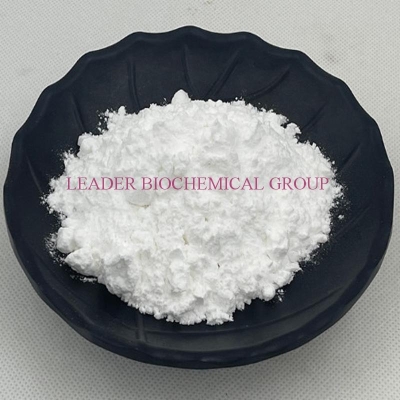-
Categories
-
Pharmaceutical Intermediates
-
Active Pharmaceutical Ingredients
-
Food Additives
- Industrial Coatings
- Agrochemicals
- Dyes and Pigments
- Surfactant
- Flavors and Fragrances
- Chemical Reagents
- Catalyst and Auxiliary
- Natural Products
- Inorganic Chemistry
-
Organic Chemistry
-
Biochemical Engineering
- Analytical Chemistry
-
Cosmetic Ingredient
- Water Treatment Chemical
-
Pharmaceutical Intermediates
Promotion
ECHEMI Mall
Wholesale
Weekly Price
Exhibition
News
-
Trade Service
The synthesis of MT-2, a potent and selective cannabinoid receptor agonist, has been a subject of significant interest in the chemical industry due to its potential therapeutic applications.
MT-2 is a synthetic compound that mimics the effects of naturally occurring cannabinoids, such as THC and CBD, and has been shown to have potential therapeutic benefits in the treatment of a wide range of medical conditions, including chronic pain, anxiety, and sleep disorders.
The synthesis of MT-2 is a complex process that involves several steps, including the synthesis of the basic structure of the compound and the introduction of functional groups that give MT-2 its unique properties.
There are several synthetic routes to MT-2, each with its own advantages and disadvantages.
One of the most common synthetic routes to MT-2 involves the use of a synthetic pathway known as the "Hill reaction.
" This reaction involves the condensation of a substituted salicylate with an amino acid, followed by the reduction of the resulting nitrile to produce the corresponding substituted indole.
This route is generally considered to be relatively simple and economical, and is widely used in the synthesis of MT-2.
Another synthetic route to MT-2 involves the use of a reaction known as "Pfizer-Hill reaction," which involves the condensation of a substituted indole with a substituted salicylate, followed by the reduction of the resulting nitrile to produce MT-2.
This route is considered to be more complex and requires the use of specialized equipment and reagents, but it can produce higher yields of the final product.
Finally, another synthetic route to MT-2 involves the use of a reaction known as the "Suzuki-Morita reaction," which involves the coupling of a substituted boronic acid with a substituted imine to produce the corresponding substituted indole.
This route is considered to be relatively new and is gaining popularity in the synthesis of MT-2 due to its relatively high yield and ease of use.
In conclusion, the synthesis of MT-2 is a complex process that involves several steps, including the synthesis of the basic structure of the compound and the introduction of functional groups that give MT-2 its unique properties.
There are several synthetic routes to MT-2, each with its own advantages and disadvantages, and the choice of route is dependent on the specific application and the desired properties of the final product.
Regardless of the synthetic route used, the synthesis of MT-2 is a challenging and complex process that requires a high degree of technical expertise and the use of specialized equipment and reagents.







